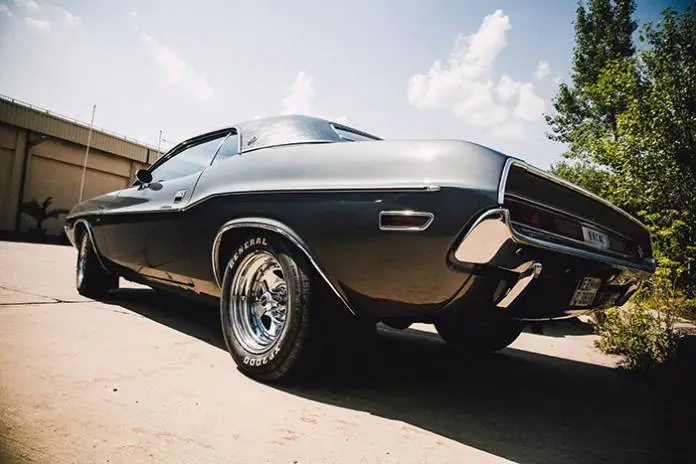
Car manufacturers are always looking for ways to cut costs. Most car manufacturers offer ordinary “steel wheels” to keep manufacturing costs in control. They are smaller in dimension and cheaper to produce.
In all probabilities, alloy wheels certainly uplift the overall looks of your car. They are one of the stylish accessories you can buy for your vehicle. The market is full of a wide range of alloy wheels with different designs and sizes. It would be best if you were careful while selecting them as they are an essential part of your car’s performance and safety. This article discusses the crucial factors that need to be considered when buying alloy wheels.
Wheel Rim Size
If you only plan to change the wheel rims but not the tires, you need to stick to the original rim size. Make sure the new alloys are of the same size as your original rims. If you choose a bigger diameter wheel, the tires will not fit, and you will have to invest in new tires that are an additional expense. Check the diameter of the original rims before getting new alloys for your car.
PCD
PCD stands for Pitch Circle Diameter. It is an essential specification in the car wheels. It refers to the measurement between the center point of the axle and the wheel bolts. The PCD also determines how much wheel bolts your rim has. If the wheel specification mentions 5×170 PCD, it means that the rim’s diameter is 160mm and has five wheel bolts.
If you are not careful about the pitch circle diameter, the new alloys would not fit the vehicle’s wheel hub. The right PCD of the alloys is essential for a perfect fit for the new wheels.
Offset
The offset is an essential measurement in your wheel. It refers to the length between the centerline of the wheel’s width and the hub face on the wheel’s back. The offset of the wheel is stamped on the rim, and the value starts from ET, indicating insertion depth. There are three types of wheel offsets– Zero, Positive, and Negative.
- When the wheel’s centreline and the hub face on the wheel’s back are in a straight line, it is known as Zero Offset.
- When the hub face on the back of the wheel is more towards the street side (in the front) of the wheel’s centreline, it is known as Positive Offset.
- When the hub face on the back of the wheel is behind the wheel’s centreline, it is known as Negative offset.
If you are confused about which offset style would be right for you, consult a professional before making a purchase decision.
Rim Width
Just like the rim size, rim width is also a critical factor. You need to avoid buying wider rims as they increase the tires’ surface resistance and reduce fuel efficiency. And if you buy wider rims than your original wheels, old tires would not fit, and you will have to purchase new tires.
Centre Bore
The center bore refers to the size of the hole located on the back of the wheel. It is an essential factor in the choice of your alloy wheel. If you choose the wrong center bore size, you will experience steering vibrations while driving the car. Hence, you need to ensure the center bore of the alloys matches the car’s hub size.
There is a misunderstanding that alloy wheels are all about aesthetics. They have no relation to the car’s performance. We have tried to clear these misunderstandings by listing a few advantages of changing to alloy wheels.
Advantages of Alloy Wheels
Better Handling
Alloy wheels are more robust than steel that are fitted by the manufacturer. Hence they improve handling and cornering performance significantly. The alloys experience less roll and movement along with the corners. Therefore, you get an agile and tighter feel when driving the car around the corners.
Durability
If you stay in an area where the road is filled with potholes, fitting your car with alloy wheels might be the right decision. Steel wheels are softer than alloys and less capable of handling shocks common when driving on the road with potholes.
To sum up, most people buy alloy wheels to give their car a sportier look. But don’t forget the wheels are not fitted in the vehicle for their aesthetic value; they have an essential function to perform. The guide helps you focus on the wheels’ critical aspect that enables you to balance your car’s aesthetics and performance.











